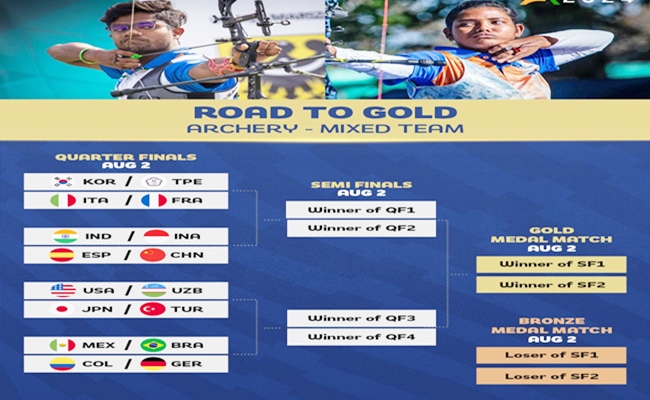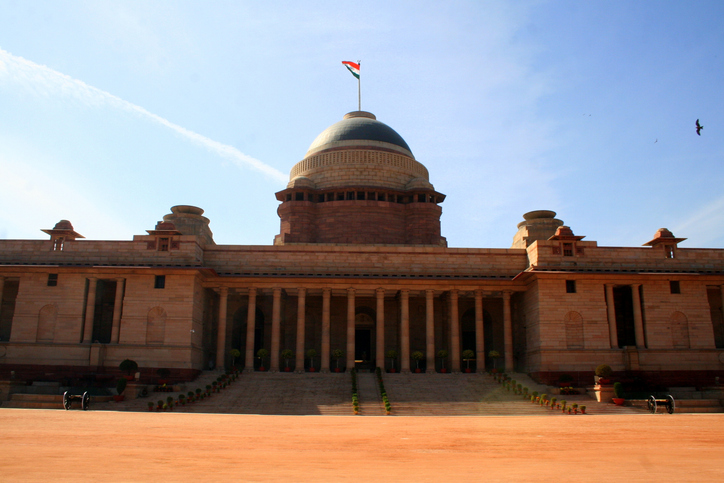The Indian Agricultural Research Institute in Delhi has successfully developed a high-yielding short-duration paddy variety called Pusa-2090.
- Purpose of Development: The new variety aims to address challenges associated with paddy stubble burning and air pollution in the Delhi-NCR region.
- Stubble Burning Issue: The traditional paddy crop, transplanted in June, is usually ready for harvest by late October, leaving farmers with minimal time to prepare fields for the next wheat crop. Stubble burning has been a common practice due to this time constraint.
- Comparison with Existing Variety: Pusa-2090 is an improved version of the existing Pusa-44 variety. The new variety matures in 120 to 125 days, providing farmers with approximately 30 more days compared to Pusa-44, which takes 155 to 160 days to mature.
- Advantages of Pusa-2090: The shortened maturity period of Pusa-2090 allows farmers more time to ready their fields for the subsequent crop, reducing the reliance on stubble burning.
Q.: How does the maturity period of Pusa-2090 compare to the existing Pusa-44 paddy variety?
a. Pusa-2090 takes longer to mature
b. Pusa-2090 and Pusa-44 have similar maturity periods
c. Pusa-2090 matures faster than Pusa-44
d. None of the above
Ans : c. Pusa-2090 matures faster than Pusa-44
Q.: Why do farmers in the Delhi-NCR region resort to burning paddy stubble?
a. Tradition and cultural practices
b. Lack of awareness
c. Short time between paddy harvest and sowing wheat
d. Soil enrichment
Ans : c. Short time between paddy harvest and sowing wheat




